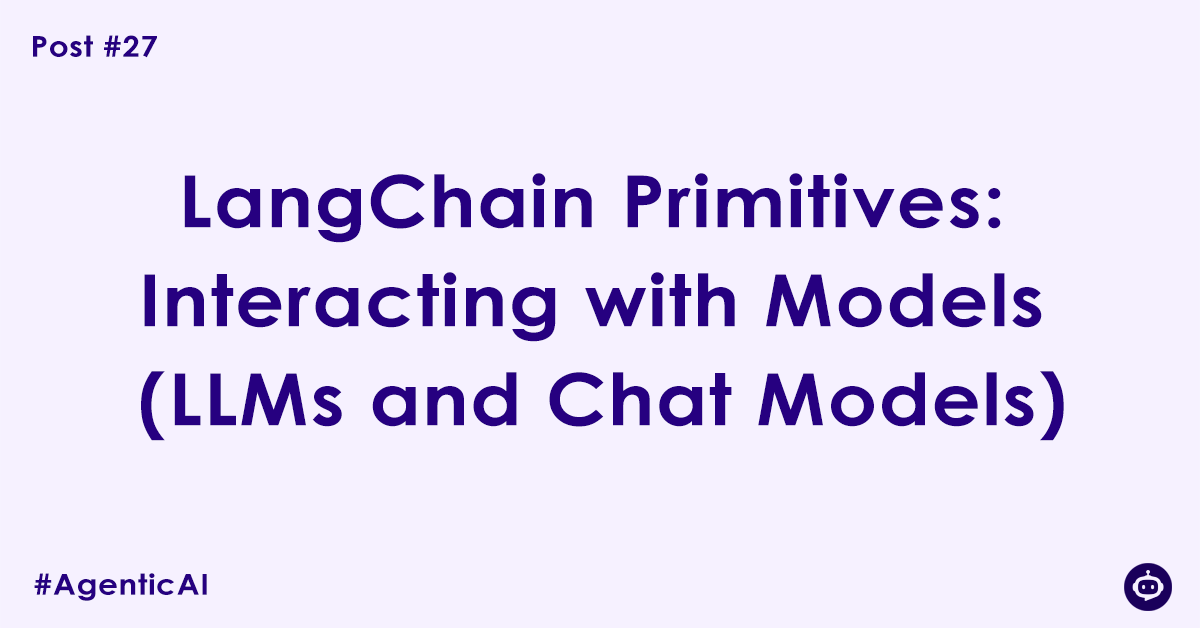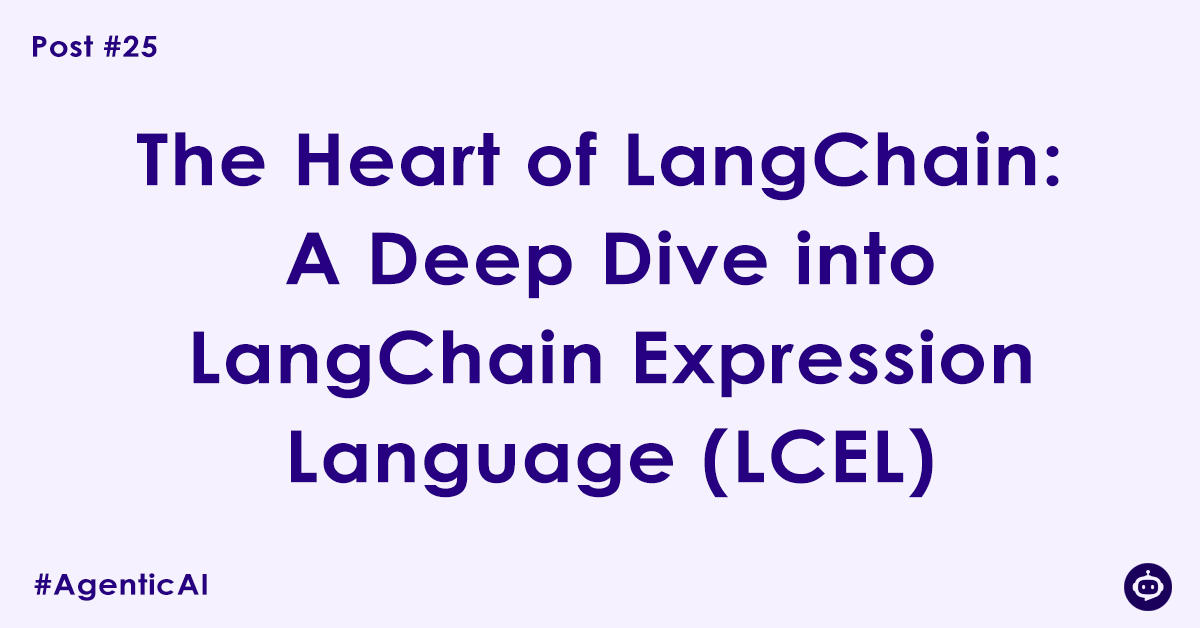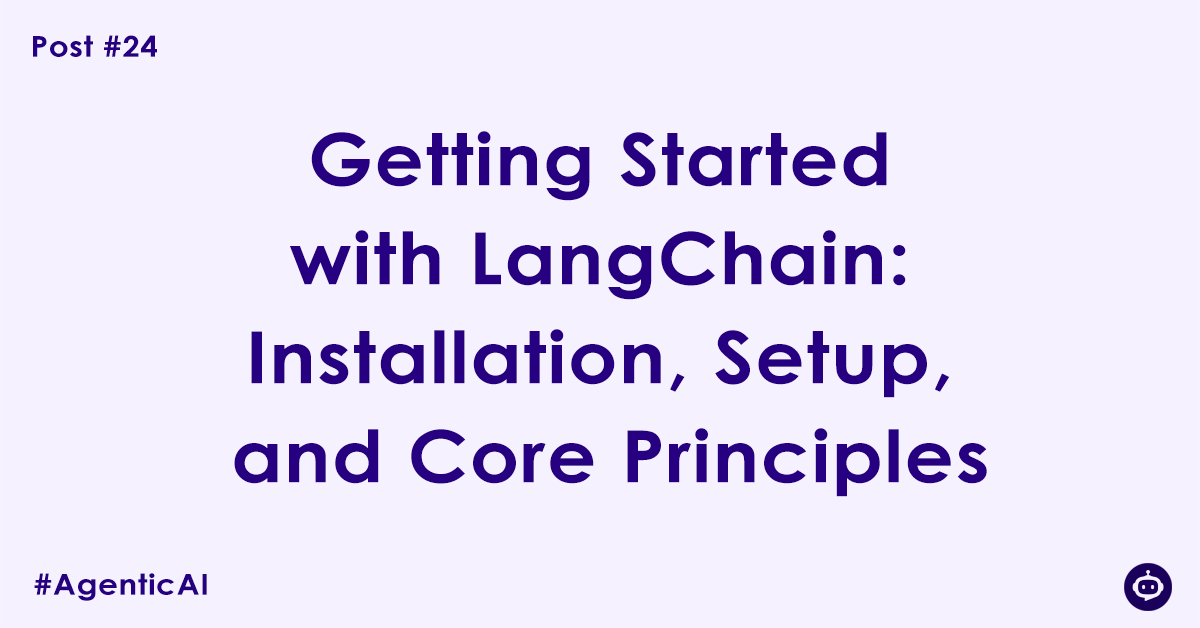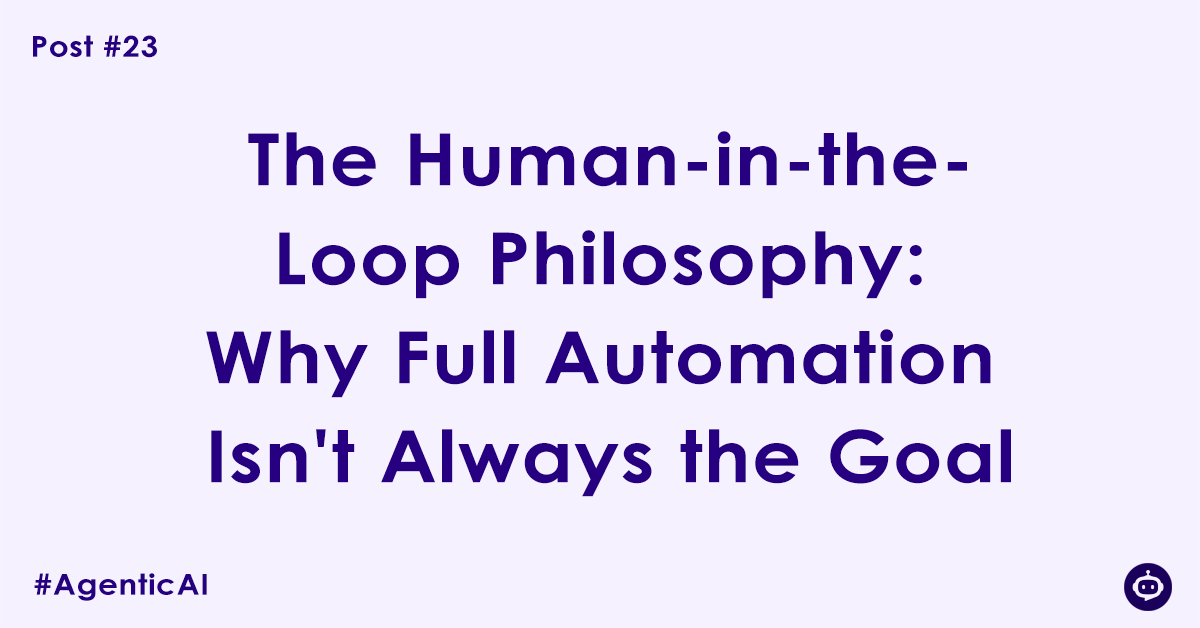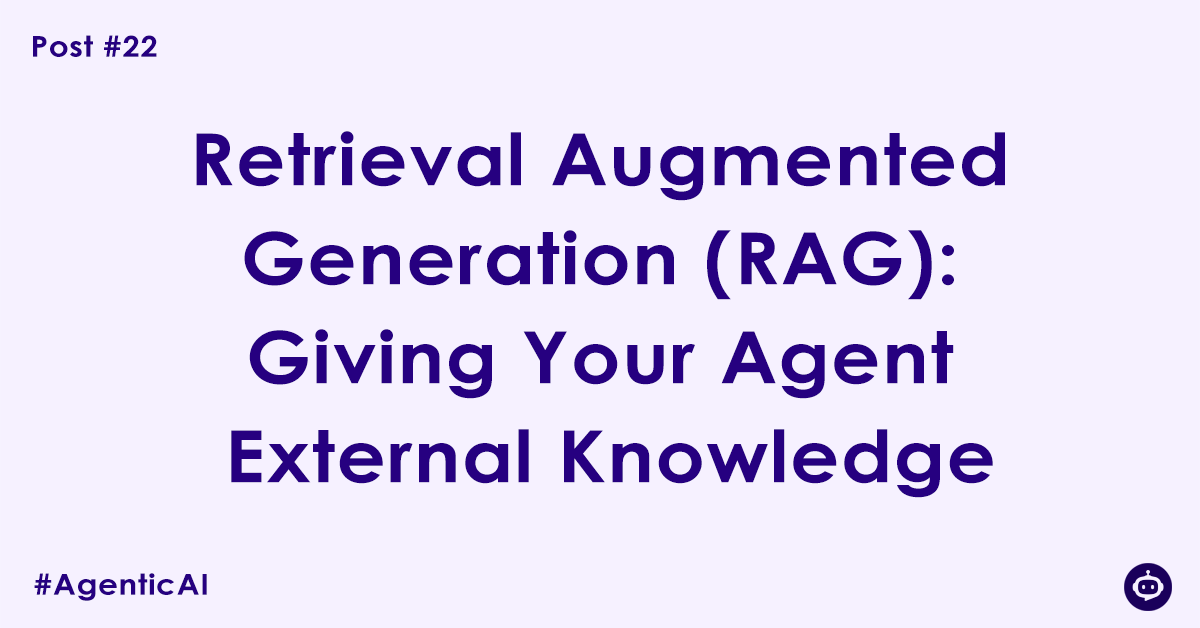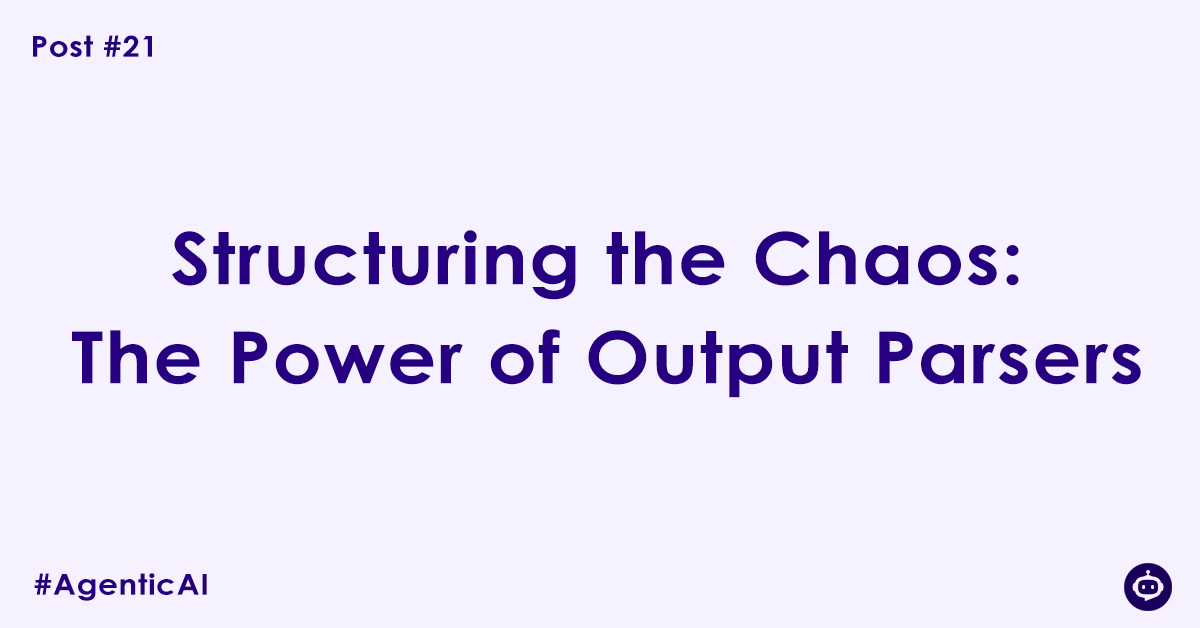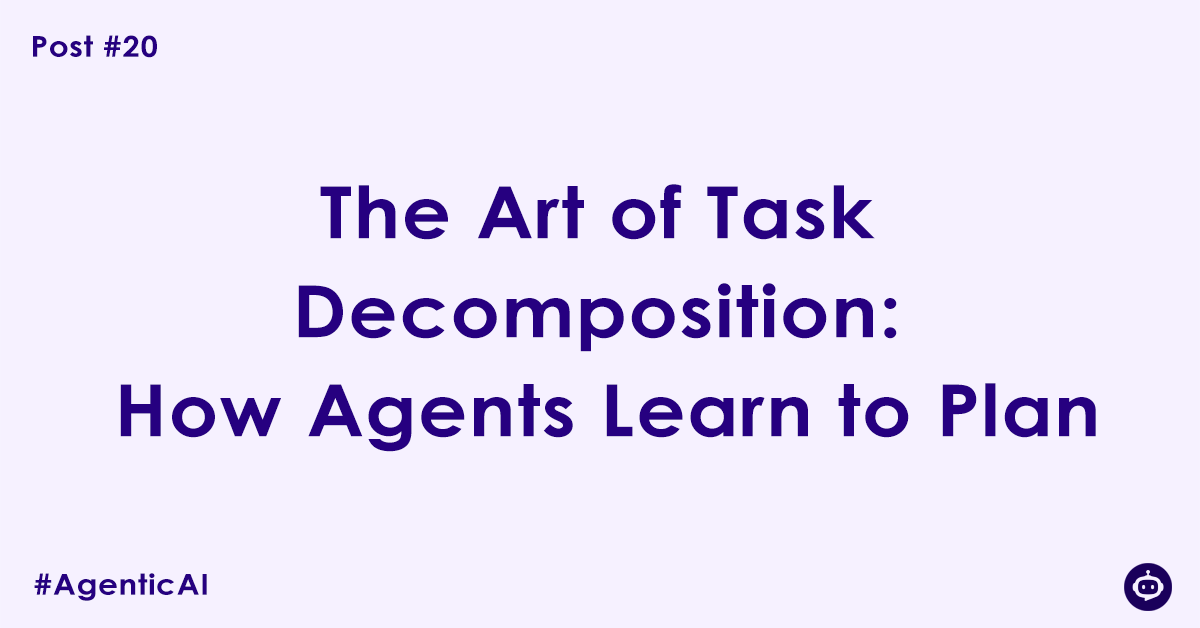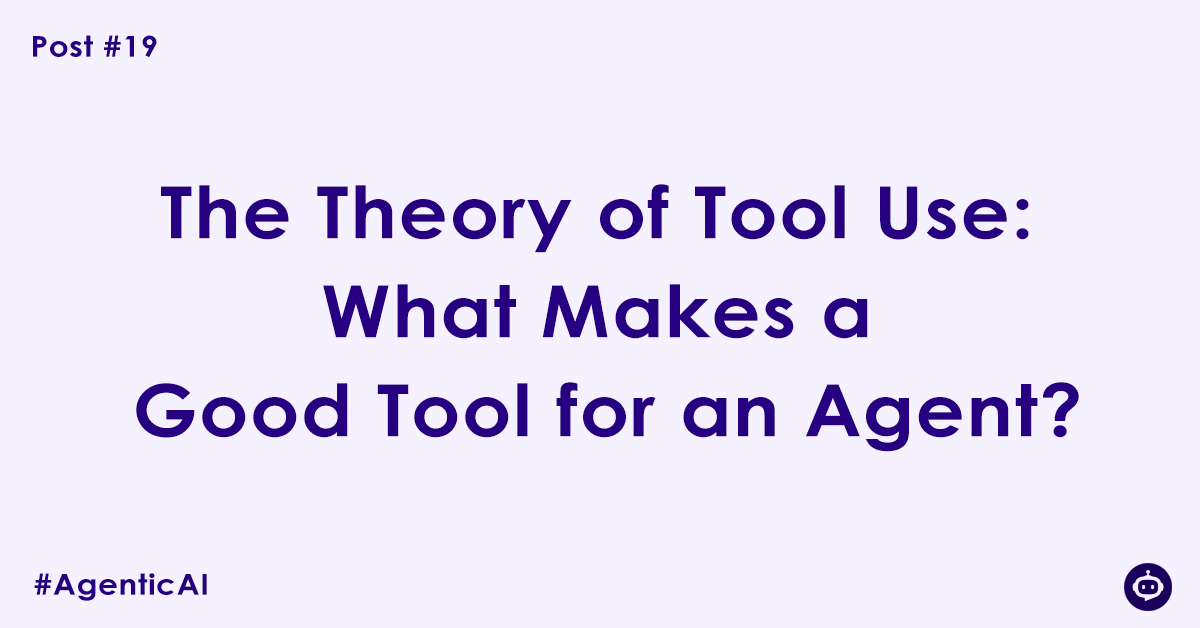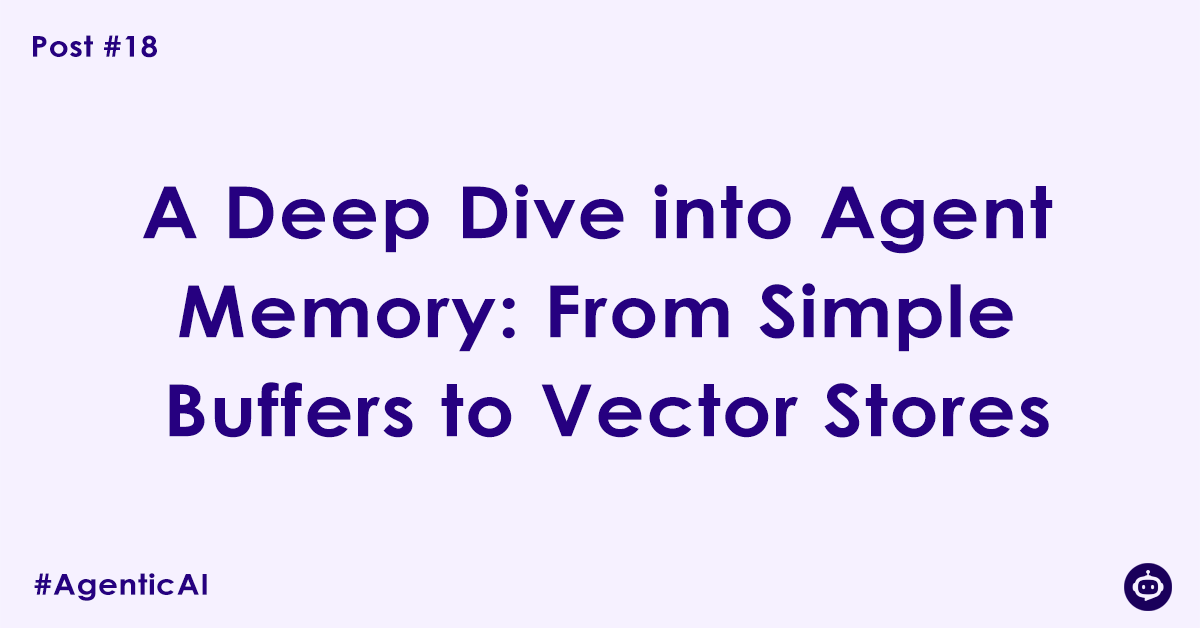Blog Post #27: LangChain Primitives: Interacting with Models (LLMs and Chat Models)
In the world of communication, sometimes you need to send a formal, one-way memo, and other times you need a dynamic, back-and-forth conversation. LLM providers offer models optimized for both scenarios, and LangChain gives us a clean, standardized way to interact with each. After mastering Prompt Templates, the next logical step in our chain is … Read more
